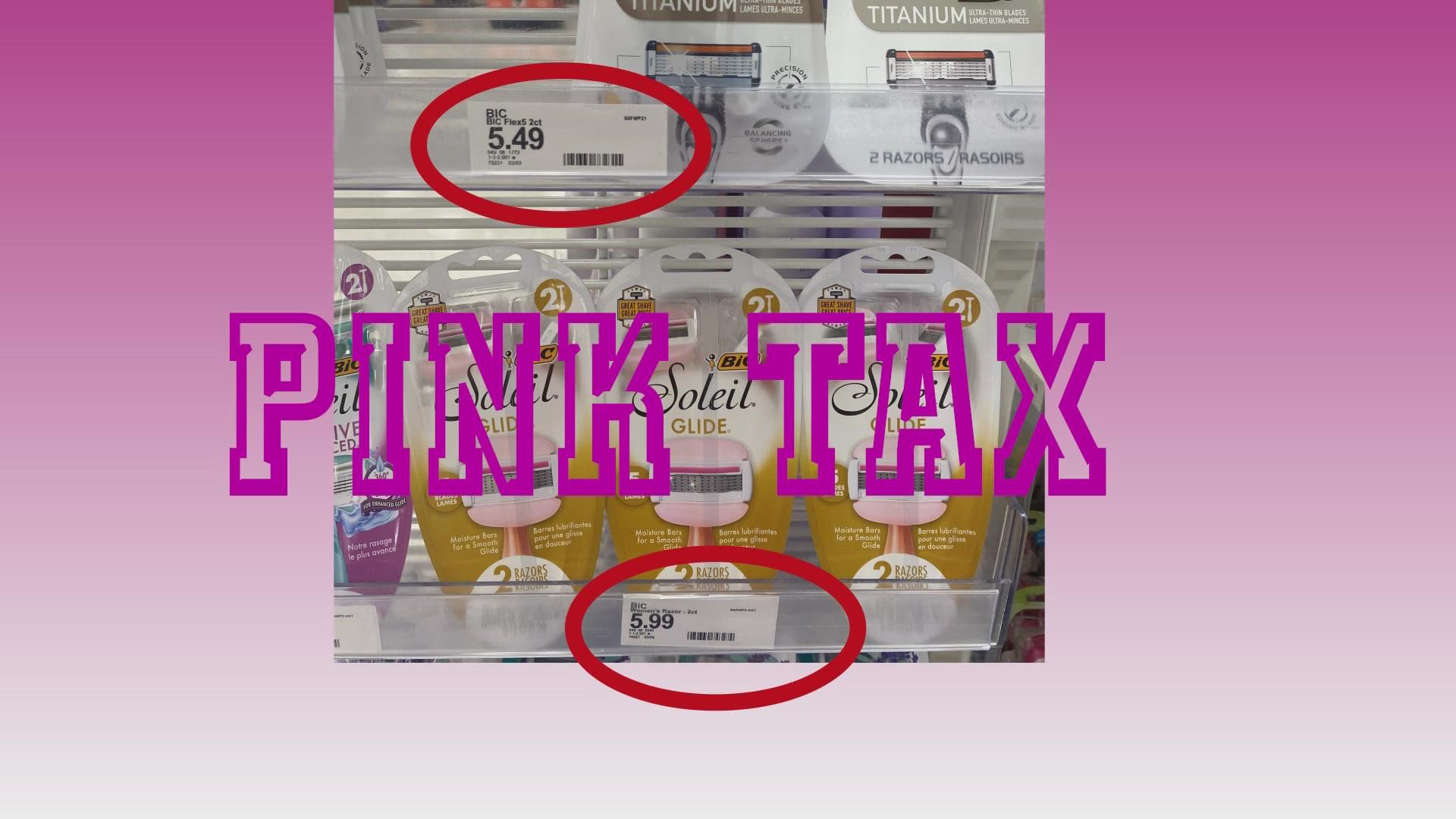Gender-pricing geared for women has a name. It’s called the Pink Tax.
Kristin Myers knows all about it. She’s Editor-in-Chief for a personal finance website called The Balance. She just wrapped up a price-comparison study with nearly 130 personal care products.
“Products that are marketed towards women are almost 13% more expensive than those that are marketed towards men,” said Myers. “The most expensive product that is marketed towards women is razor cartridges. They cost almost 25% more.”
The Balance collected data on March 9 through 10 from CVS.com, Walmart.com, Riteaid.com, and Walgreens.com.
It found every category of personal care product analyzed by The Balance had a higher price markup when marketed toward women as compared to those marketed toward men.
Here’s the breakdown of what they found:
- Total Pink Tax: 12.69%
- Razor Cartridges: 24.75%
- Deodorant: 12.62%
- Shaving Cream: 9.74%
- Razor: 9.07%
- Hair Care: 4.94%
- Body Wash: 3.95%
- Lotion: 1.12%
KHOU 11 bought two similar razors. One was marketed to men and the other to women.
We showed the products to consumers on the street. All of them guessed the men’s razor would cost more because of the added features.
They were wrong.
The women’s razor was 50 cents more.
But not all studies show there’s an issue here.
In a 2021 Federal Trade Commission study, widespread gender-targeted price disparities were not found.
“Broadly speaking, there doesn’t seem to be a systemic difference in price for most consumer products,” said Dr. Jorge Barro, Fellow in Personal Finance at Rice University’s Baker Institute. “There could be some, for example, inactive ingredients that make a product higher quality as it’s targeted to one gender over the other.”
As for the recent work by The Balance, Myers hopes it will shine a new light on what she believes is an important issue.
“Women right now are, according to the latest census data, are making .82 cents for every dollar that a man is making,” she said. “Inflation is absolutely sky high and then you have to consider that women or people that are buying products that are marketed towards women now have to pay more.”

